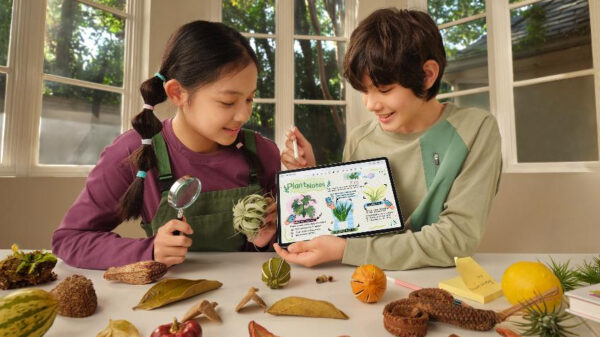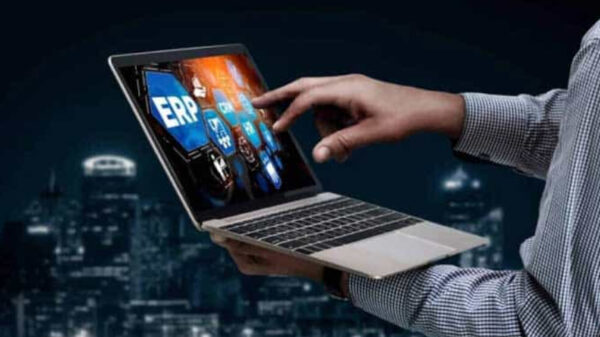The financial services industry in the Philippines is poised for transformation, due to accelerated digitalization and the adoption of open finance, according to the Philippines Central Bank, with one of the central bank’s goals this year is for 50% of retail payments done digitally, as well as to have 70% of adult Filipinos onboarded into the formal financial system.
With nearly universal mobile penetration and three-quarters of the population with access to the internet, the Philippines’ young and tech-savvy consumer base is driving a surge in demand for financial services.
Alongside factors such as a rapidly growing adult population, ongoing regulatory support in promoting financial inclusion, and the introduction of new digital technologies, the stage is being set for accelerated growth. Philippines banks can now move away from legacy infrastructure that constrains innovation and prevents them from providing the real-time, personalized banking products and experiences that customers have come to expect.
Aman Sud, Chief Growth Officer,ASEAN, Publicis Sapient says, “Embracing cutting-edge technology is a clear imperative for banks seeking to thrive in the digital era. The adoption of a modern core banking system and a comprehensive infrastructure overhaul necessitates the strategic concept of coexistence, which proves to be a highly effective path to success. Nevertheless, meticulous planning for coexistence becomes increasingly critical as the scale of the bank expands.”
Each bank will have its own unique and complex data landscapes, so there is no one-size-fits-all model when it comes to coexistence. Here are some common lessons that banks’ IT and delivery teams can keep in mind on their coexistence journey.
#1: Embrace coexistence and set up the right team for the job.
Recognize coexistence and actively plan for it during your transition state or states.
Set up a central team of experts to ensure comprehensive planning and decision-making. This may be distinct and separate from the business and technical teams that define the target state operating model and architecture. This central team will lay the required implementation path, working through each challenge and finding answers for the coexistence situations as they arise.
Having the appropriate senior sponsorship to smooth the working process across the many teams involved is necessary to keep the program and its stakeholders aligned while moving forward with a holistic change-management strategy.
#2: Use technology to better support coexistence
Gone are the days of stitching together a manual process which would inevitably place additional pressure on operations colleagues. Instead, utilize the program’s target architecture to enable technology-centered coexistence. Banks can be safe knowing that any interim builds can more easily be changed as you transition from one state to another with a more loosely coupled architecture. For example, a dedicated service could be stood up to serve as the ‘control center’ for managing coexistence indicators across various systems of record.
#3: Investing tactically in legacy can help but remember to plan for legacy decommissioning.
Changes to the source system or data are needed to enable a successful transformation. For example, additional flags or tags may be required on legacy accounts to indicate which have been migrated. Plan these changes early with the teams supporting the legacy core to ensure that things go smoothly. Equally important is that there are concrete steps in place within the migration plan to decommission the legacy estate, to ensure stakeholder buy-in on the journey, and to recognize the full benefits of the core modernization program.
On their way to a new digital core, banks can position themselves to embrace the concept of coexistence by adopting the right tools, adopting a well-planned approach, and adopting a strategic attitude. In the near future, the banks that are successful in this modernization path will become the leaders.









































































































